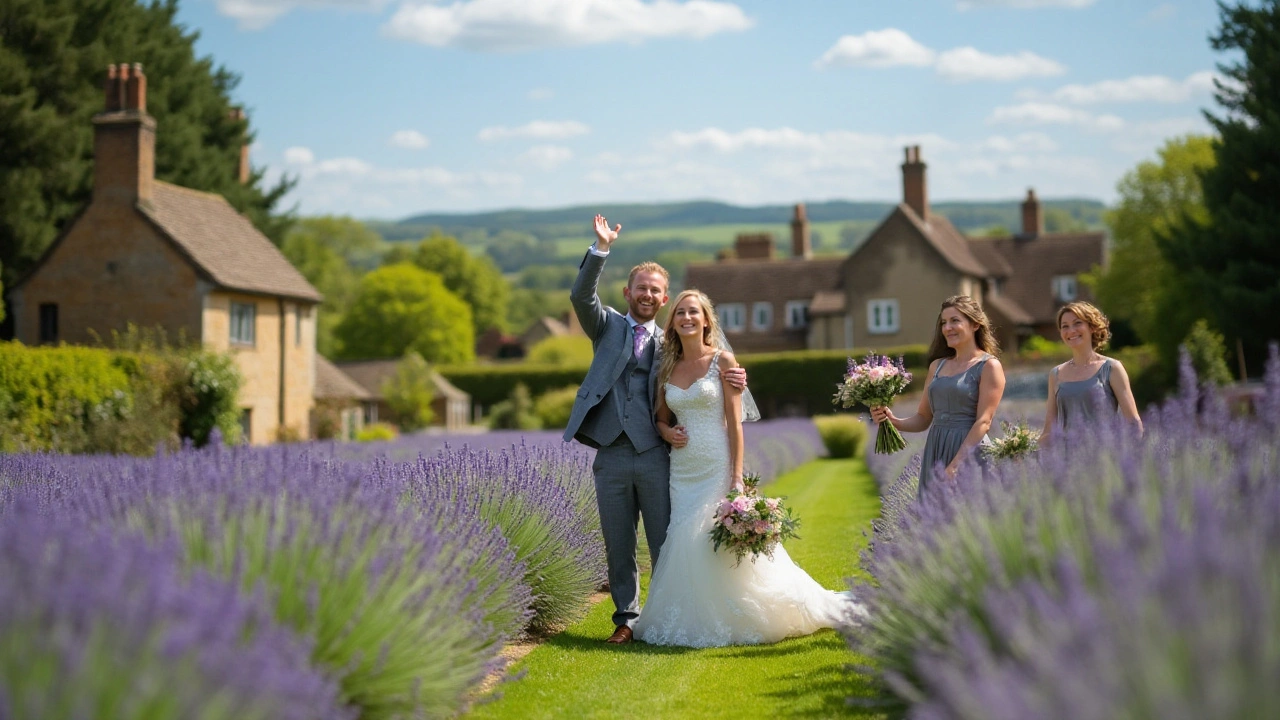Best Time to Marry: How to Pick the Perfect Wedding Date
Deciding when to say "I do" feels huge, but you don’t have to guess. A good date balances weather, costs, and what matters most to you. Below you’ll get clear steps to pick a day that feels right without pulling your hair out.
Look at the Season First
Most couples start with the season. Spring (April‑June) gives blooming flowers and moderate temps, which many vendors love. Summer (July‑August) offers long daylight but can strain budgets because venues and caterers charge peak rates. Autumn (September‑October) brings golden leaves, cooler air, and often lower prices. Winter weddings (November‑February) can be magical with holiday lights, yet you risk rain or cold snaps and limited daylight.
Ask yourself: Do you want an outdoor ceremony? If yes, aim for months with reliable weather in your area. Check local climate data – a quick Google search will show average rain and temperature for each month.
Match Your Budget to the Calendar
Venue fees spike during popular months. If you’re working with a tight budget, consider an off‑peak date. Many venues offer discounts for Tuesday or Wednesday weddings, and for dates in the shoulder season (late‑spring or early‑fall). This can shave thousands off your total cost.
Also, think about travel costs for guests. Holiday periods like Christmas or Easter make flights pricey, so a non‑holiday weekend can keep your guest list happy and your wallet happy.
Once you have a season and budget in mind, narrow it down to a few specific dates. Look at personal milestones – a birthday, anniversary, or family event that could make the day extra special. Some couples pick the date they first met or the day they got engaged. Those personal touches turn a simple date into a memory.
Don’t forget about vendor availability. Photographers, florists, and DJs often book six months out. As soon as you have a shortlist, reach out and lock in the pros you want. This prevents the stress of trying to move a date later because a key vendor is already booked.
Finally, test the date with a quick poll. Send a brief email to close family and the wedding party asking if the proposed day works for them. Their feedback can catch conflicts you missed, like a big work event or a school holiday.
Remember, there is no one "perfect" day for everyone. The best time to marry is the date that aligns with your weather preferences, budget, and personal meaning. Follow these steps, and you’ll land on a day that feels right without endless back‑and‑forth.
Ready to lock in your date? Grab a calendar, jot down the seasons you love, check venue pricing, and start contacting vendors. Before you know it, you’ll have a solid date and a clear plan to move forward with the rest of your wedding details.

- Jan, 13 2025
- Comments 0